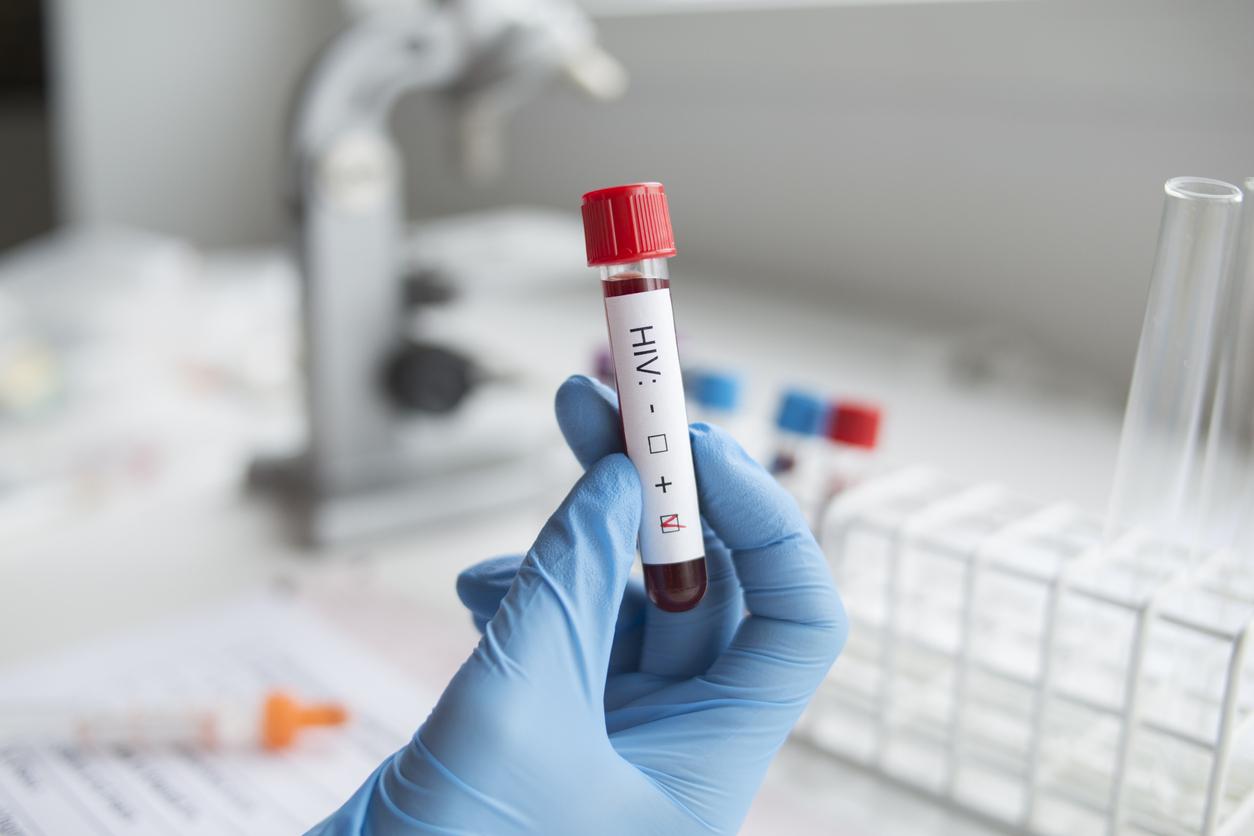More regular screening for hepatitis C and better access to treatment for men with HIV has reduced the spread of the disease in the UK.
-1590362612.jpg)
- Access to treatment and systematic testing have reduced hepatitis C in the UK.
- Among HIV-positive men, the decline is 70%.
- The study has changed the guidelines of the NHS, the English health system, to better help this population.
Improved access to new treatments has dramatically reduced the number of new cases of hepatitis C among HIV-positive men in the UK in recent years. This is demonstrated by a study conducted by researchers from Imperial College London and the Imperial College Healthcare NHS Trust.
Between July 2013 and June 2018, in the five clinics in London and Brighton, 378 cases of hepatitis C were diagnosed. In 2015, the number of new reported cases was 14 per 1000 people, in 2018 it was 4 per 1000.
The study, published in Clinical Infectious Diseases, indicates that access to new treatments and regular screening for hepatitis C have been improved and have helped to reduce the number of new patients, while reducing the transmission of the infection. With the results of this study, the researchers believe that at the current pace, London will be able to meet the targets set by the British HIV Association to completely eliminate hepatitis C in people with HIV by 2021.
Early detection and access to care
For their research, the team analyzed the medical records of more than 9,000 men considered to be at risk of contracting hepatitis C at four clinics in London and one in Brighton. Patients have had regular access to testing, while some have been able to benefit from early treatment through academically led drug trials.
“Hepatitis C can sometimes cause serious liver disease and remains a leading cause of death worldwidesays Dr Lucy Garvey, consultant in HIV/UG medicine at Imperial College Healthcare NHS Trust and lead author of the study. Around 2.3 million people worldwide are co-infected with HIV and hepatitis C and are at greater risk of disease progression than people who are not HIV-infected. However, with new treatments for hepatitis C, it is possible to completely cure the disease. Our study showed how, in London and Brighton, regular screening and better access to these new treatments led to a significant drop in new cases of hepatitis C and transmission of the infection.”
The data collected by the researchers were compared with previous studies of this type, they found that the number of patients decreased by almost 70%. In the previous study, the researchers collected the medical records of 6,000 men in London who were at higher risk of contracting hepatitis C. The team found that the number of new patients fell between 2013 and 2018.
“This study builds on our previous work and it is encouraging to see that our findings have been replicated in a larger cohort of patients and in more areas of the UK.comments Graham Cooke, professor of infectious diseases at Imperial College London and co-author of the article. It is good news that as a result of our study, NHS England has changed its guidelines and patients have better access to DAA tablets through NHS services. This will positively impact patient outcomes as we work to eliminate this disease..”
An easily preventable aggravation due to HIV
According to health experts, Hepatitis C represents a major cause of death among people already infected with HIV, since 6% of all deaths in HIV-positive cases are due to this disease. Hepatitis C can lead to scarring of the liver, known as cirrhosis, and even liver cancer if left untreated. Since 2016, doctors around the world have been administering direct-acting antiviral (DAA) tablets, which are also considered the new transformational treatments. Taken for 8 to 12 weeks, DAAs are very effective in curing the infection in over 90% of patients.
Previously, under NHS guidelines, patients infected with hepatitis C had to wait six months to receive treatment with DAA. If patients contracted hepatitis C again, they did not receive treatment with sodium alkoxide, which left them untreated and put them at higher risk of transmitting the disease.
The research team says improved screening, treatment of hepatitis C with DAAs and other therapies, and early treatment have helped doctors reduce the number of new infections among HIV-positive men. However, to achieve the goals set by the World Health Organization of 90% more concentrated effort, action was needed.
The researchers suggested that there is a need to design appropriate testing policies for HIV-positive men so that risk reduction becomes an ongoing process.
Based on the results of this study, NHS England has issued new guidelines. Hepatitis C patients can have early access to DAA treatment and in case of reinfection, receive a second DAA treatment to keep the disease at bay.
















